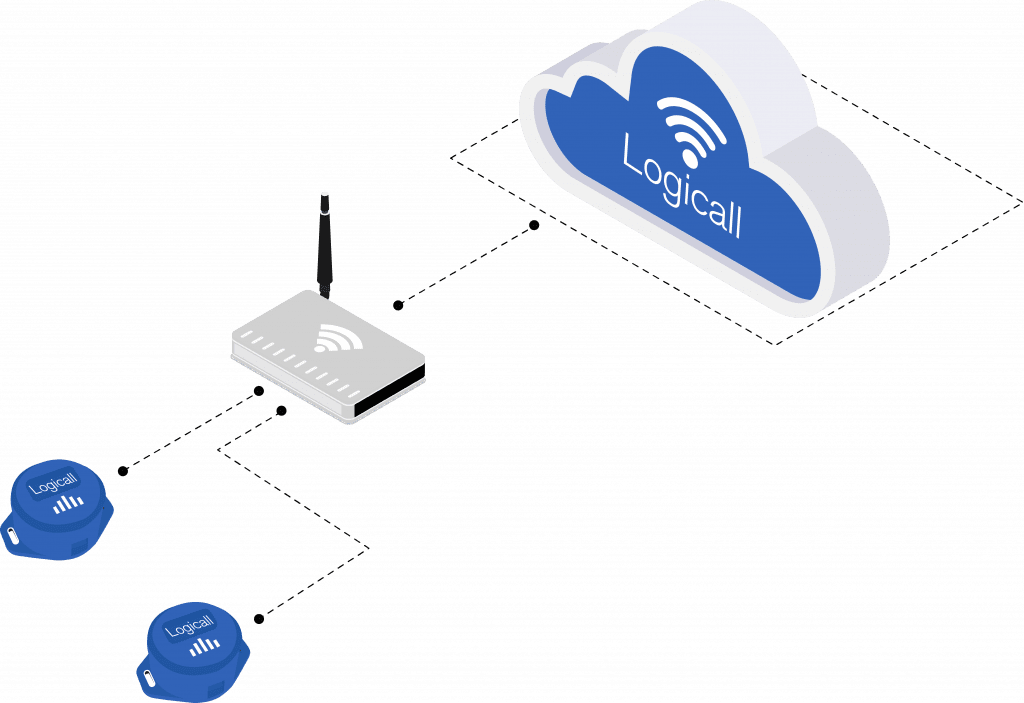Harnessing the Power of Advanced Monitoring: A Guide to Navigating Modern Systems
The digitization wave has taken over most industries, and the monitoring landscape hasn’t been left behind. Given the evolving need for accurate, consistent, and remote monitoring, businesses are transitioning from manual systems to automated solutions. Wireless monitoring systems have come to the fore, especially for businesses that handle perishable assets like food, pharmaceuticals, and other temperature-sensitive products.
This article sheds light on the intricate world of environment monitoring, diving into the workings of different systems and helping you decipher which one might be the perfect fit for your business.
Understanding the Mechanism
While the parameter being measured can vary, the underlying technology in most wireless monitoring systems remains consistent. At a basic level, these systems comprise three components:
- Sensors: These are the heart of the system. They constantly monitor and record specific parameters, such as temperature or humidity. Given their robust nature, they require minimal maintenance post-installation.
- Gateway: Think of this as the bridge between the sensors and you. It gathers data from sensors, connects to the internet, and sends the information to a cloud server.
- Software/User Interface: This is where the collected data is displayed, analyzed, and stored. It provides you a comprehensive view of your environment, often in real-time.
Digging Deeper: Components Explored
- Sensors: The diversity in sensors is vast. Their structure, though largely consistent in technology, can differ based on what they are measuring. For instance, catering businesses need to abide by the HACCP regulations, which mandate cold storage checks twice daily. A monitoring system can automatically record temperatures every few minutes, ensuring compliance and providing a reservoir of historical data for analysis.
- Gateway: The gateway is a pivotal component, connecting the sensors to the cloud. It can use various modes of connectivity – be it Wi-Fi, LAN, or even 4G cellular networks. While Bluetooth is efficient for short-range transmissions, it’s limited by the range and can be influenced by physical barriers.
- Software: Modern software solutions for monitoring prioritize user-friendliness. They not only display real-time and historical data but also facilitate seamless report generation for compliance purposes. With automated alerts, you’re always in the know.
Which System Suits You Best?
- Local Plug and Play Solutions: Ideal for single-site establishments or mobile businesses. While it’s cost-effective and easy to implement, the data access is limited to the location of the sensors.
- Cloud-based Monitoring: Perfect for businesses spread across multiple locations. It allows real-time access to data from anywhere, making it the most popular choice among businesses.
- Enterprise Monitoring with LoRa: This is the ultimate solution for large businesses. Using LoRaWAN, a type of LPWAN, it provides unmatched scalability and versatility in the kind of parameters it can monitor.
Making the Right Choice
To summarize:
- Local Temperature Monitoring: Best for small entities with limited perishable goods.
- Cloud-based Monitoring: Suited for businesses of varied sizes, especially those with multiple locations.
- Enterprise Monitoring: Perfect for expansive businesses with diverse operations.
In today’s digital era, adopting a modern monitoring system isn’t just a luxury – it’s a necessity. With the range of options available, there’s a solution tailored for every business’s unique needs. Dive into the future of monitoring with Logicall and enjoy precision, peace of mind, and unmatched efficiency.
For more insights, head over to www.logicallmonitoring.co.uk or subscribe to our newsletter for regular updates.

